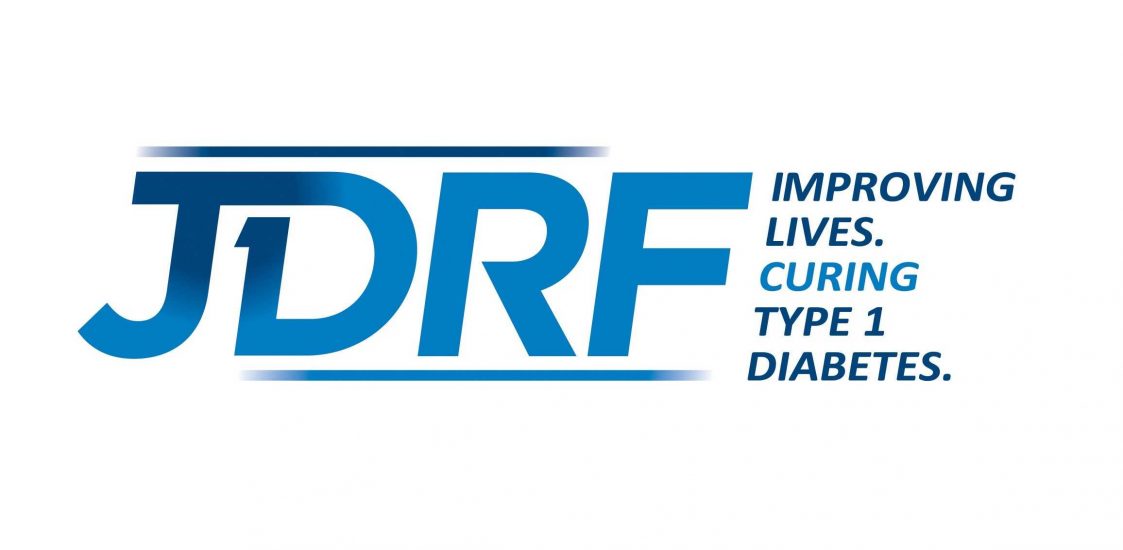Clinical trials: what they are, why they’re important, and where to find them

Introduction
What is a clinical trial?
Why clinical trials are so important
Motivators and barriers to participation
Talking about clinical trials
How to find clinical trials
References
1.Clinical Trials Capability Report. The Australian Trade and Investment Commission (Austrade); 2018. Available from: https://www.austrade.gov.au/ArticleDocuments/2814/Clincal-Trials-Capability-Report.pdf.aspx
2.Scoping and Analysis of Recruitment and Retention in Australian Clinical Trials. Department of Health; 2016. Available from: https://www1.health.gov.au/internet/main/publishing.nsf/Content/EE207D978A44E4B8CA257FA90081B212/$File/EY%20Final%20Report%20-%20Recruitment%20and%20retention%20in%20Australian%20clinical%20trials%2030%20June%202016.pdf
3.Leiter A, Diefenbach M, Doucette J, Oh W, Galsky M. Clinical trial awareness: Changes over time and sociodemographic disparities. Clin Trials. 2015 Jun;12(3): 215-223.
4.Building Australiaâs Clinical Trial Expertise. Medicines Australia; 2016. Available from: https://medicinesaustralia.com.au/wp-content/uploads/sites/52/2017/02/MA-Issues-Brief_6_ClinicalTrials.pdf
5.Analysis of Recently Conducted Clinical Trials. Department of Health; 2015. Available from: https://www1.health.gov.au/internet/main/publishing.nsf/Content/EE207D978A44E4B8CA257FA90081B212/$File/Analysis%20of%20Recently%20Conducted%20Clinical%20Trials%20Report.pdf
6.Corr P, Williams D. The Pathway from Idea to Regulatory Approval: Examples for Drug Development. In: Lo B, Field M, editors. Conflict of Interest in Medical Research, Education and Practice. Institute of Medicine (US); 2009; Available from: https://www.ncbi.nlm.nih.gov/books/NBK22930/
7.Nathan D. The Diabetes Control and Complications Trial/Epidemiology of Diabetes Interventions and Complications Study at 30 Years: Overview. Diabetes Care. 2014 Jan; 37(1):9-16.
8.Reichard P, Nilsson B, Rosenqvist V. The effect of long-term intensified insulin treatment on the development of microvascular complications of diabetes mellitus. N Engl J Med. 1993; 329:304-309.
9.Estcourt S, Epton J, Epton T, Vaidya B, Daly M. Exploring the Motivations of Patients with Type 2 Diabetes to Participate in Clinical Trials: A Qualitative Analysis. Res Involv Engagem. 2016 Dec; 2:34.
10.Majumdar S, Roe M, Peterson E, Chen A, Gibler W, Armstrong P. Better outcomes for patients treated at hospitals that participate in clinical trials. Arch Intern Med. 2008; 168(6):657-662.
11.Hallstrom A, Friedman L, Denes P, Rizo-Patron C, Morris M. Do arrhythmia patients improve survival by participating in randomized clinical trials? Control Clin Trials 2003; 24(3):341-52.